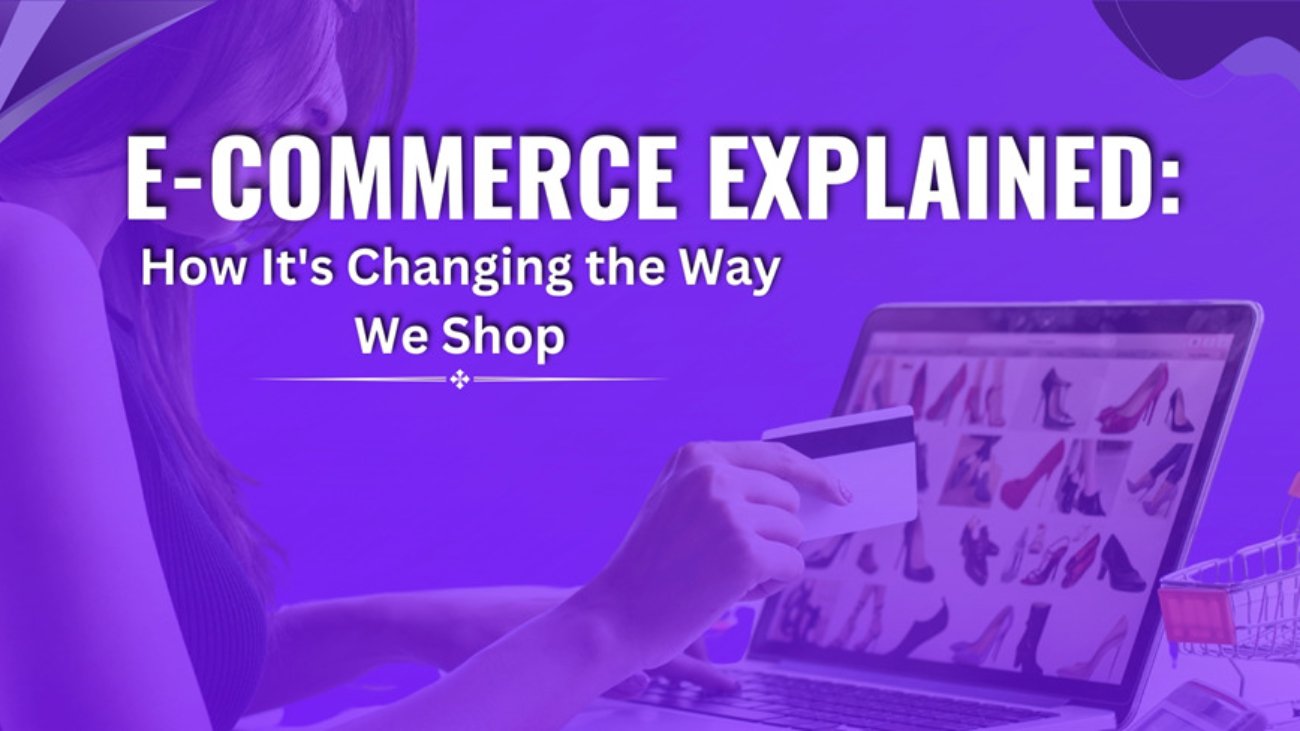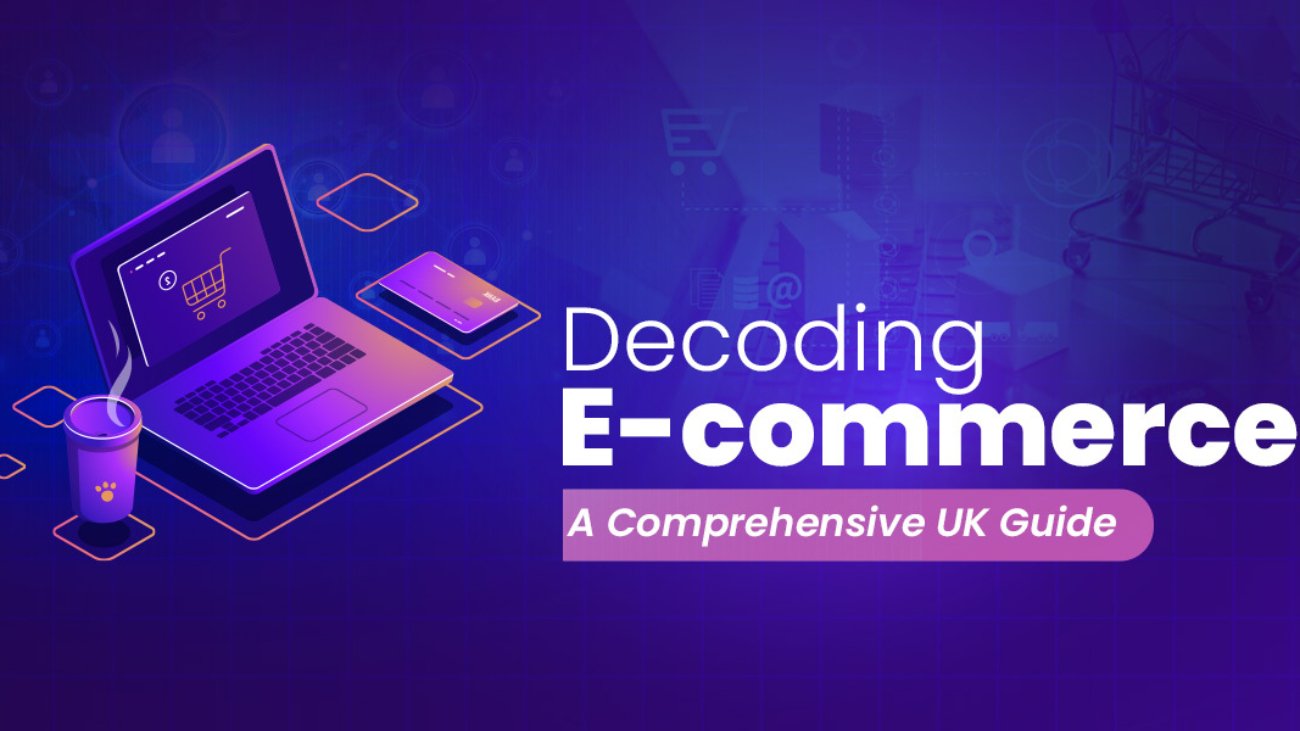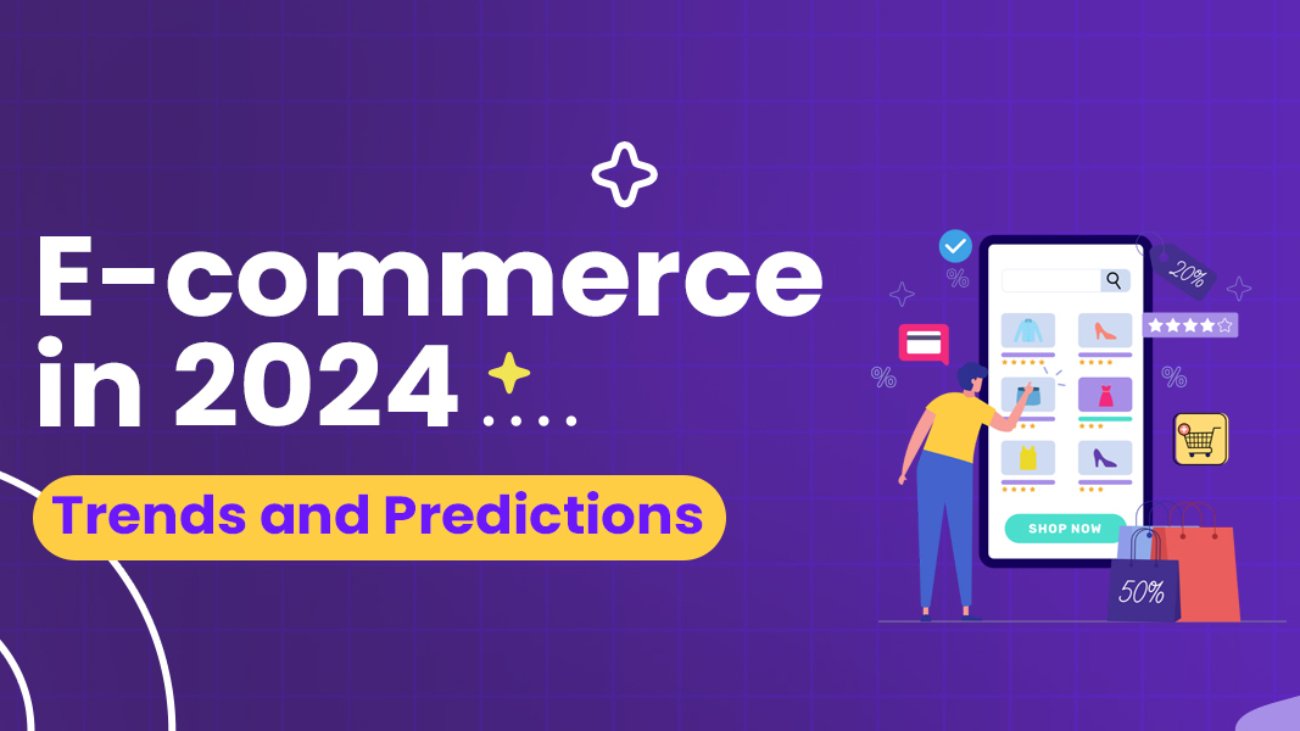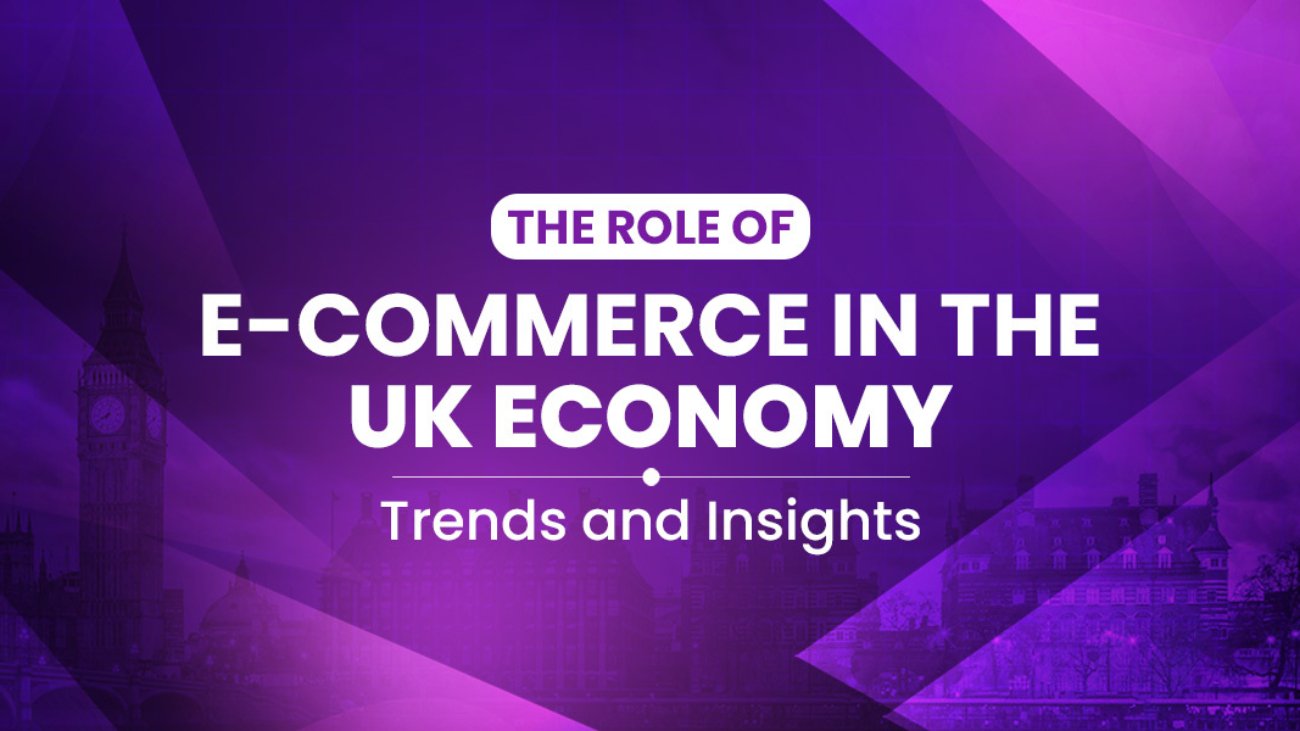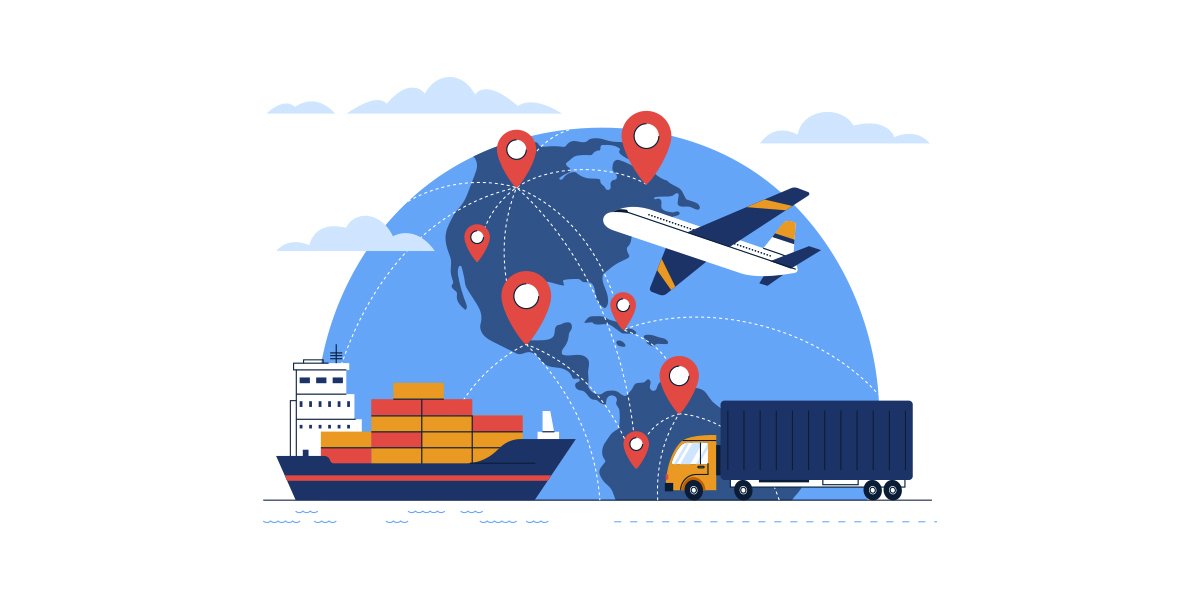Unlocking the Secret to E-commerce Success: The Power of Repeat Customers
In the digital age, e-commerce has revolutionized the retail landscape, transforming how we search, select, and purchase products. From the convenience of mobile shopping to the rise of artificial intelligence (AI) and big data in personalizing shopping experiences, e-commerce is not just an alternative to traditional shopping; it’s becoming the preferred method for millions worldwide. This article delves into the essence of e-commerce, its evolution, and its profound impact on consumer behavior and business strategies.
Understanding E-commerce
E-commerce, or electronic commerce, refers to the buying and selling of goods or services using the Internet and the transfer of money and data to execute these transactions. It encompasses a wide range of business models, from retail and wholesale to dropshipping and crowdfunding. E-commerce operates across four major market segments: business-to-consumer (B2C), business-to-business (B2B), consumer-to-consumer (C2C), and consumer-to-business (C2B).
The Evolution of E-commerce
The journey of e-commerce began in the 1960s with the development of electronic data interchange (EDI) to send business documents like purchase orders or invoices electronically. However, it wasn’t until the 1990s, with the advent of the Internet and the World Wide Web, that e-commerce as we know it today began to take shape. The launch of platforms like Amazon and eBay in the mid-90s marked the beginning of the e-commerce boom, offering consumers an unprecedented online shopping experience.
The Growth of E-commerce
E-commerce has seen exponential growth over the past two decades, driven by technological advancements, increasing internet and mobile device penetration, and changing consumer preferences. The COVID-19 pandemic further accelerated this growth, as lockdowns and social distancing measures pushed more consumers to shop online, leading to a surge in e-commerce sales worldwide.
How E-commerce Is Changing Shopping
Convenience and Accessibility
One of the most significant advantages of e-commerce is the convenience it offers. Consumers can browse and purchase products 24/7 from the comfort of their homes or on the go, without the limitations of store hours and geographical boundaries. This accessibility has made e-commerce a go-to option for busy individuals and those in remote areas.
Personalized Shopping Experience
E-commerce platforms leverage AI and big data analytics to understand consumer behavior, preferences, and purchasing patterns. This data allows retailers to offer personalized recommendations, targeted advertisements, and tailored shopping experiences, enhancing customer satisfaction and loyalty.
Wide Range of Products
Online marketplaces offer an unparalleled variety of products compared to traditional retail stores. Consumers have access to a global marketplace, where they can find everything from niche products to international brands, often at competitive prices.
Price Comparison and Reviews
E-commerce platforms provide consumers with the tools to easily compare prices across different sellers, ensuring they get the best deals. Additionally, customer reviews and ratings offer valuable insights into product quality and seller reliability, aiding in informed decision-making.
Sustainable Shopping Options
The rise of e-commerce has also paved the way for sustainable shopping practices. Many online retailers are adopting eco-friendly packaging, carbon-neutral shipping options, and promoting sustainable products, catering to the growing consumer demand for environmentally responsible shopping.
Challenges and the Future of E-commerce
Despite its numerous benefits, e-commerce faces challenges, including cybersecurity threats, privacy concerns, and the digital divide. Ensuring secure transactions, protecting consumer data, and making e-commerce accessible to all are critical areas for ongoing improvement.
The future of e-commerce is promising, with emerging technologies like augmented reality (AR) for virtual try-ons, blockchain for secure and transparent transactions, and drones for faster delivery shaping the next wave of online shopping innovations. Moreover, the integration of social media and e-commerce, known as social commerce, is blurring the lines between social networking and online shopping, offering new avenues for brands to engage with consumers.
Conclusion
E-commerce has undeniably changed the way we shop, offering convenience, variety, and personalized experiences. As technology continues to evolve, so will the capabilities and reach of e-commerce, further transforming consumer behavior and retail strategies. For businesses, staying abreast of e-commerce trends and leveraging digital innovations is crucial to meeting consumer expectations and thriving in the competitive online marketplace. For consumers, e-commerce opens up a world of possibilities, making it easier than ever to find and purchase products that meet their needs and preferences.
As we look to the future, the continued growth and evolution of e-commerce will play a pivotal role in shaping the global retail landscape, making it an exciting time for both consumers and retailers alike.
